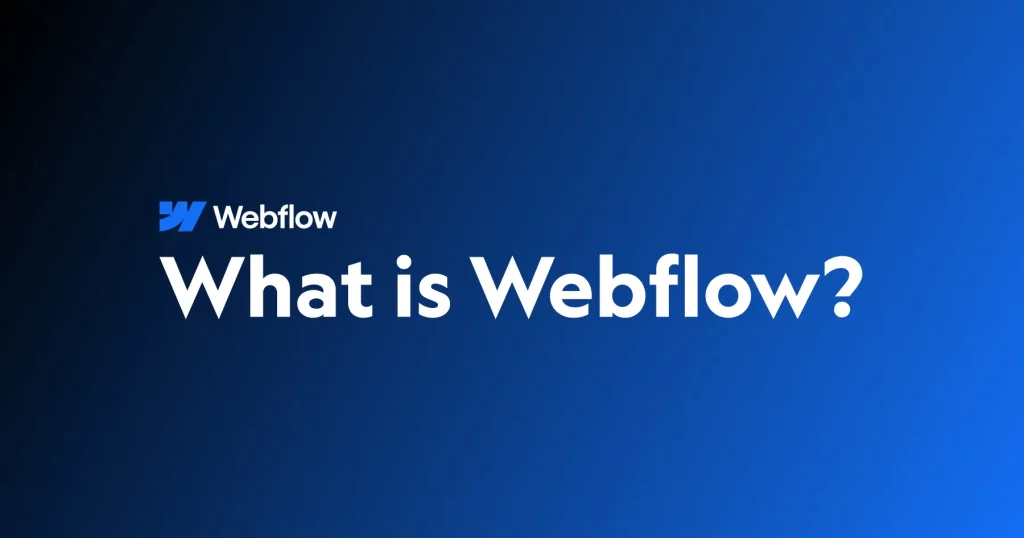What Is Webflow?
Webflow is a visual website builder that combines the freedom of custom code with the convenience of a no-code platform. It allows designers and businesses to create responsive websites using a drag-and-drop interface while still offering advanced control over layout, styles, and interactions.
Unlike traditional website builders, Webflow is not just a design tool—it’s also a hosting service and content management system (CMS), making it an all-in-one solution for building and running professional websites.
The Webflow CMS
The CMS in Webflow enables users to create and manage dynamic content such as blogs, portfolios, or product listings. Instead of relying on external plugins, Webflow provides a native CMS that integrates seamlessly with the design. Content editors can update text, images, and collections without touching the design layout, while designers maintain full creative control.
This approach makes Webflow particularly appealing for teams: designers handle the structure and look, while clients or content managers can update information independently.
Key Advantages of Webflow
- Visual Design with Precision: Combines drag-and-drop editing with full CSS-like styling controls.
- Responsive by Default: Websites automatically adapt to desktops, tablets, and mobile devices.
- Built-in Hosting and Security: Includes global hosting, fast performance, and free SSL.
- Interactions and Animations: Create complex animations and transitions without extra coding.
- Client-Friendly Editing: The Editor mode lets non-technical users update content easily.
- All-in-One Platform: No need for separate plugins, third-party hosting, or security add-ons.
Common Use Cases
Webflow is widely used by:
- Designers and Agencies who want to deliver high-quality websites quickly.
- Startups and Small Businesses seeking a professional site without hiring a full development team.
- Content-Driven Projects such as blogs, magazines, or portfolios that rely on a flexible CMS.
- Marketing Teams that need to launch landing pages or campaigns without waiting for developers.
Conclusion
Webflow bridges the gap between design and development. It empowers creatives to bring ideas to life visually while providing businesses with a scalable, secure, and easy-to-manage website. While it may not replace more developer-focused platforms for complex backend needs, it has become a strong choice for modern, design-driven web projects.

